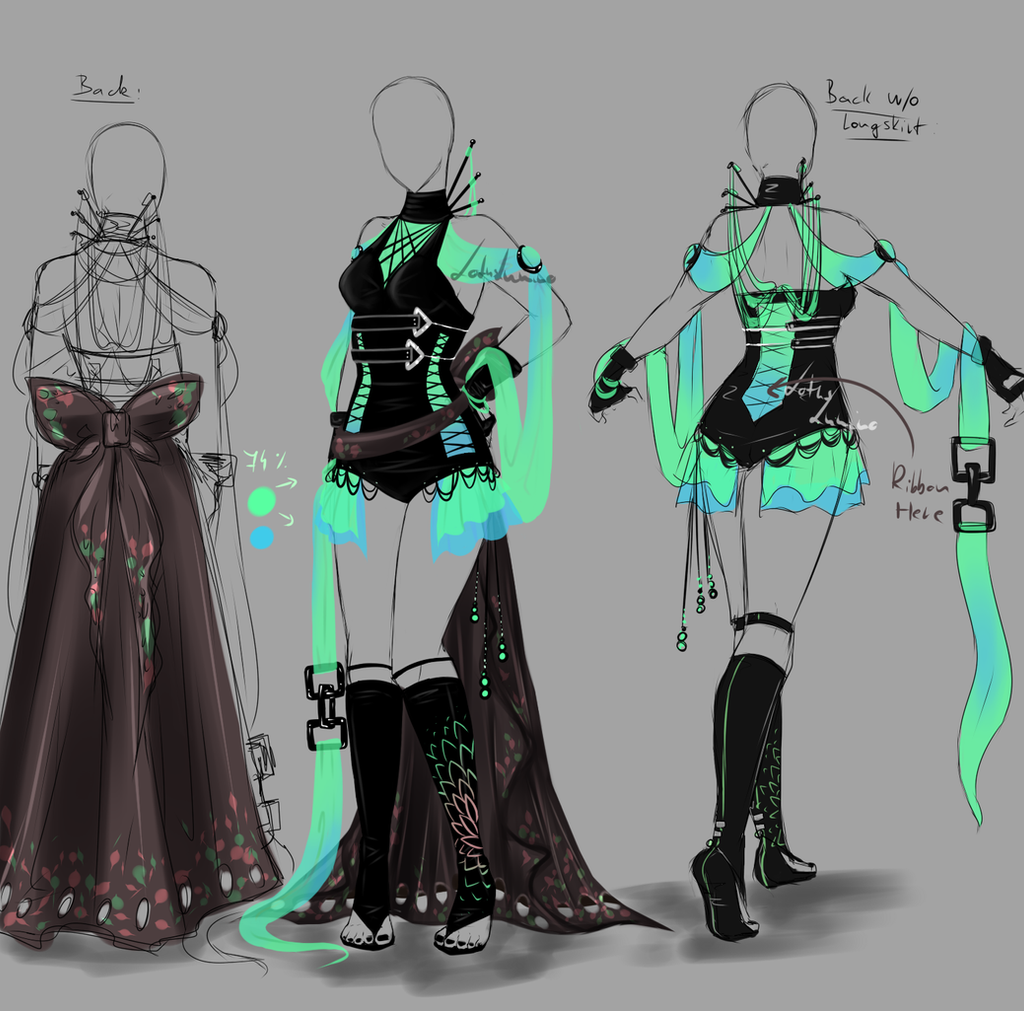Introduction
Outfit design is an art form that allows individuals to express their unique style and personality through clothing and accessories. It goes beyond simply putting together a combination of garments; it involves careful consideration of various elements such as color, texture, proportion, and overall aesthetic. A well-designed outfit can make a powerful statement and boost one's confidence. In this article, we will explore the world of outfit design and provide tips on how to create your own unique looks.
The Importance of Outfit Design

Outfit design plays a crucial role in expressing individuality and style. It allows individuals to stand out from the crowd and showcase their creativity. Your outfit is often the first impression you make on others, and it can speak volumes about your personality. Whether you prefer a classic and polished look or a bold and avant-garde style, outfit design provides a platform for self-expression and allows you to communicate who you are without saying a word.
The Key Elements of Outfit Design

When it comes to outfit design, there are several key elements to consider. These elements work together to create a cohesive and visually appealing look. Understanding these elements will help you create outfits that are not only stylish but also flattering to your body type and personal style.
1. Color

Color is one of the most important elements in outfit design. It can set the mood, create visual interest, and even evoke emotions. When choosing colors for your outfit, consider your skin tone, hair color, and personal preferences. Experiment with different color combinations to find what works best for you.
2. Texture

Texture adds depth and visual interest to an outfit. It can be achieved through different fabrics, patterns, and finishes. Mixing textures can create a more dynamic and engaging look. For example, pairing a chunky knit sweater with a sleek leather skirt adds contrast and creates a visually appealing outfit.
3. Proportion

Proportion refers to the relationship between different elements of an outfit, such as the length of a top compared to the length of a skirt or the width of a pant leg compared to the width of a blouse. Balancing proportions is essential for creating a well-proportioned and flattering outfit. Consider your body shape and experiment with different proportions to find what flatters your figure.
4. Silhouette

The silhouette of an outfit refers to its overall shape or outline. It is determined by the combination of garments and accessories worn. Different silhouettes can convey different moods and styles. For example, a fitted dress creates a more tailored and polished look, while a flowy maxi skirt creates a bohemian and relaxed vibe. Experiment with different silhouettes to find what suits your personal style.
Creating Your Own Unique Looks

Now that you understand the key elements of outfit design, it's time to create your own unique looks. Here are some tips to help you get started:
1. Know Your Style

Before you start experimenting with different outfits, it's important to have a clear understanding of your personal style. Take some time to explore different fashion trends and styles, and identify what resonates with you. Knowing your style will help you make informed choices when creating outfits.
2. Mix and Match

Don't be afraid to mix and match different garments and accessories. Combining unexpected pieces can create unique and eye-catching outfits. Play with different color combinations, textures, and silhouettes to create visually interesting looks.
3. Accessorize

Accessories can elevate an outfit and add a personal touch. Experiment with different accessories such as statement necklaces, scarves, belts, and hats to enhance your looks. Remember to consider the overall balance and proportions when adding accessories.
4. Pay Attention to Details

The little details can make a big difference in outfit design. Pay attention to small details such as cuffing your jeans, rolling up your sleeves, or tucking in your shirt. These small adjustments can add a polished and stylish touch to your looks.
Conclusion
Outfit design is an art form that allows individuals to express their unique style and personality. By understanding the key elements of outfit design and experimenting with different garments, colors, textures, and silhouettes, you can create your own unique looks that reflect your individuality. Remember to have fun with outfit design and let your creativity shine through.